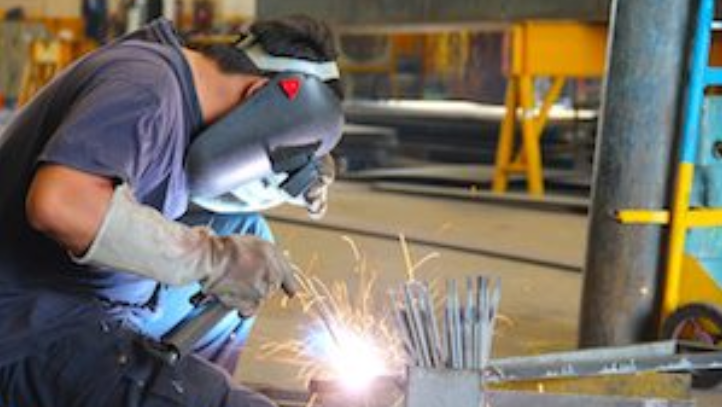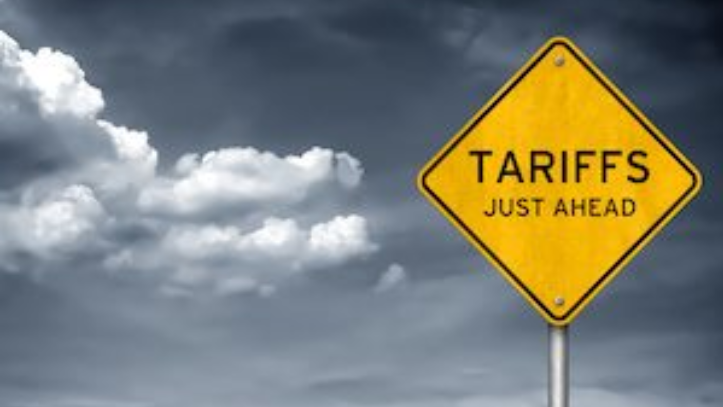Trade distortion and protectionism
The problem with U.S. tariffs on steel and aluminum that no one is talking about
Published 05 March 2018 | 2 minute read
The preliminary U.S. decision to apply 25% tariffs on steel imports and 10% tariffs on aluminum imports has been met with widespread apprehension by proponents of the rules-based multilateral trade system.
This article was originally published in Forbes.
Critics of the U.S. action have enumerated a number of reasons for concern, including the possibility of tit-for-tat retaliation from impacted trade partners, a further weakening of the WTO, domestic economic distortions in the U.S. as a narrow industry is protected at the expense of downstream producers, and ultimately, higher prices for consumers.
Most of these points have at least some validity, and some are entirely valid. All should be carefully weighed.
But at the same time there is another side to this coin which doesn’t receive as much attention. The simple fact of the matter is that a number of countries are undeniably engaging in unfair and even predatory trade practices in the steel and aluminum sectors which are damaging to their trade partners. State-owned enterprises that respond to government policy targets rather than economic conditions, market distorting subsidies, export “friendly” exchange rates, and a willingness to dump products have all helped to produce overcapacity, and made it easier for that excess production to spill over into other markets. It would be hard to reconcile those realities with anyone’s definition of “free” trade.
A problem that’s not going away
To put the magnitude of the overcapacity issue in perspective: experts maintain that the world needs about 400 million tons of excess steel capacity. Today, we have roughly 730 million tons. About half of that is in China, which has grown to be the world’s largest steel producer. As growth in China slowed in recent years, its overseas shipments more than doubled from 2008-2015, expanding to 112 million tons–more than the total consumed in the U.S. More recently, China has made efforts to cut its overcapacity, and both production and exports have begun to drop.
Interestingly, although some see the proposed U.S. tariffs as being directed at China, China has only about a 2% share of U.S. steel imports, and 10 other countries export more steel to the U.S. Share levels in aluminum are a bit higher, but not predominant. It would be inaccurate therefore to characterize the U.S. as being overwhelmed by Chinese exports, by any stretch of the imagination. But the size of China’s output ensures there will be significant ripple effects on global markets, irrespective of export levels to the U.S.
The best idea in a bad situation
Where does all this leave us? It would be entirely reasonable to debate whether the announced U.S. tariffs are the most desirable means to address these issues. But we should not forget that the reason we are in this situation in the first place is because of the decision of certain countries to pursue predatory trade practices and beggar-thy-neighbor industrial policies which have contributed to a damaging global glut. The focus should be on how to address those underlying core problems. If not, the recently announced tariffs might simply be the opening move.
None of this is intended as a defense or justification for the recently announced actions. The potential negative consequences are very real and should not be lightly dismissed. But viewing this strictly as an example of irresponsible and destructive “protectionism” on the part of the U.S. is to willfully ignore a big part of the picture. And if this action does in fact prove to be the opening shot in a trade war, it will be entirely fair to ask if this war was launched from Washington DC–or from the capital cities of other countries.
There is a better way, though. Rather than opening the door to a potential cycle of tit-for-tat retaliation, it would be far more productive to get serious about a multilateral solution to the global problem of overcapacity in steel, and the accompanying predatory trade practices. Thus far, the willpower to pursue and achieve such a solution has simply not been there. Perhaps the current circumstances will provide sufficient motivation. If not, the potential outcomes do not look promising.
© The Hinrich Foundation. See our website Terms and conditions for our copyright and reprint policy. All statements of fact and the views, conclusions and recommendations expressed in this publication are the sole responsibility of the author(s).


